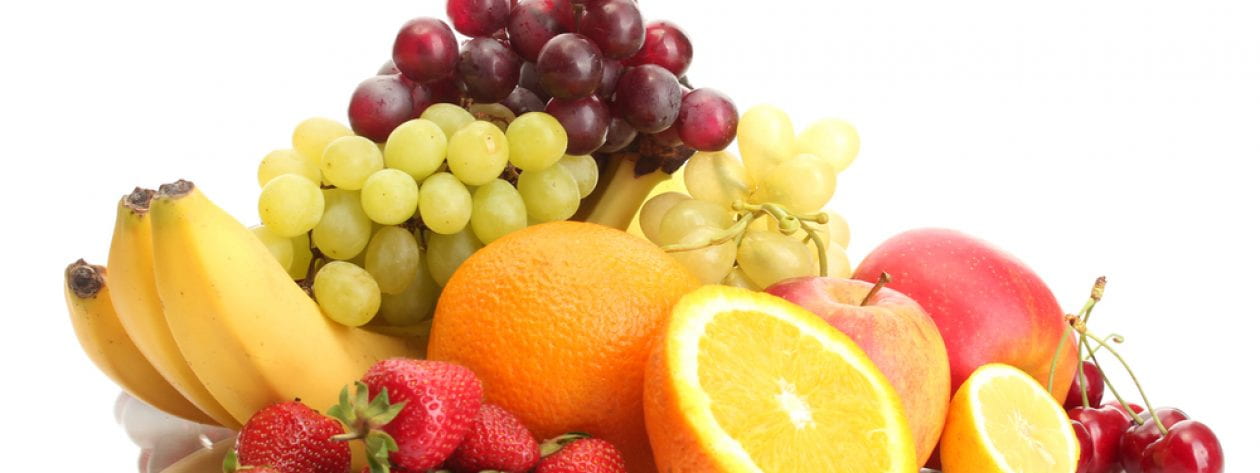With THON quickly approaching, a common questions is “how can I properly prepare for 46 hours of dancing with no sitting and no sleeping? Whether you’re a seasoned THON veteran or new to the whole experience, nobody wants an energy crash mid-THON. This blog post will give you some tips and tricks on healthy eating so that you can Fuel up for THON!
Let’s start out with the basics: your body draws energy from macronutrients (carbohydrates, fat, and protein); however, not all fuels are created equally. The body can utilize some macronutrients more efficiently than others. When you eat a carbohydrate, it is broken down into glucose, which is an efficient source of energy for your body. The glucose that your body does not need at the current moment is stored as glycogen. Glycogen is the body’s most easily accessible form of energy during periods of long physical exertion. Once the body runs out of glycogen, it will switch to fats for energy. Fats are not as efficient of a fuel source as glycogen, and the body will take longer to break down fat for energy than it would glycogen. This leads to what is known as a “crash” or “hitting the wall”. If your body is using protein for energy that means you have run your body so low on energy that the body is utilizing your muscle for fuel, which is not good!
So how do we prevent the “crash” from happening? It’s a lot easier than you might think. Eat a well-balanced diet! The goal is to consume a healthy mix of carbohydrates, protein and fat during meals and snacks, which you can do by following your MyPlate basics. Starting with carbohydrates, there are two types: simple and complex. To help you understand the difference, think of your body as a car. Complex carbs are like premium fuel and simple carbs are the cheap fuel. While it may be tempting to put the cheap fuel into your car, it’s not good for your engine. It’s the same thing with simple carbohydrates. Examples of these would be cookies, refined grains, candy, and chips. While these may be cheaper financially and might give you a short-term boost in energy, overall they aren’t good for you and can cause your body to run less efficiently, which can lead to an energy crash. Complex carbs (the premium gas), are foods such as fruit, vegetables, and whole grains. These foods are packed with nutrients and fiber that will give your body a longer lasting energy supply. See the graphic below for some examples of complex carbohydrates.

While it’s important to consume healthy carbohydrates, it is also important to get enough protein THON weekend. The recommendation is 0.8g of protein per kg of your body weight. Don’t worry, this equation is not as complicated as it looks. Take your body weight and divide it by 2.2 to get your body weight in kg (or use an online calculator), then multiply this number by 0.8! While the number might look high, getting enough protein is easier than you might think. Instead of immediately running for a protein bar to meet your needs, try to get your protein through foods like poultry, beef, beans, and nuts! All of these options are available in the dining commons. If you do decide to go the protein bar route, be mindful of added sugars. If you decide to go with foods such as beef jerky that are high in sodium, make sure to up your water intake to avoid dehydration!
You might be thinking that it doesn’t matter if you crash because you can just drink some coffee and get the energy you need. This is a common misconception. Your body can only create energy from macronutrients as stated above. Caffeine is not a macronutrient and cannot be used to create energy. It will give your body a temporary illusion of energy followed by, you guessed it, a crash.
Everyone’s diet may look slightly different. The focus of your diet during THON should be an overall healthy diet. Avoid high sugar foods that might tempt you into believing you’ll have more energy after eating them (Dippin’ Dots, candy. Soft drinks). Aim to choose the healthier options available at the BJC, look for hand fruit, salads, and grilled chicken sandwiches. Your body will thank you!
When you’re not at the BJC, make sure to stop by your local Dining Commons. The Dining Commons offer tons of great options to incorporate into your diet. Visit menu.hfs.psu.edu to browse the menus of all five dining commons the week of THON and pick which options fit your needs. This online menu also makes it possible to filter out potential allergens, gluten, or find meatless/vegan options. Stop by and Fuel up for THON!




